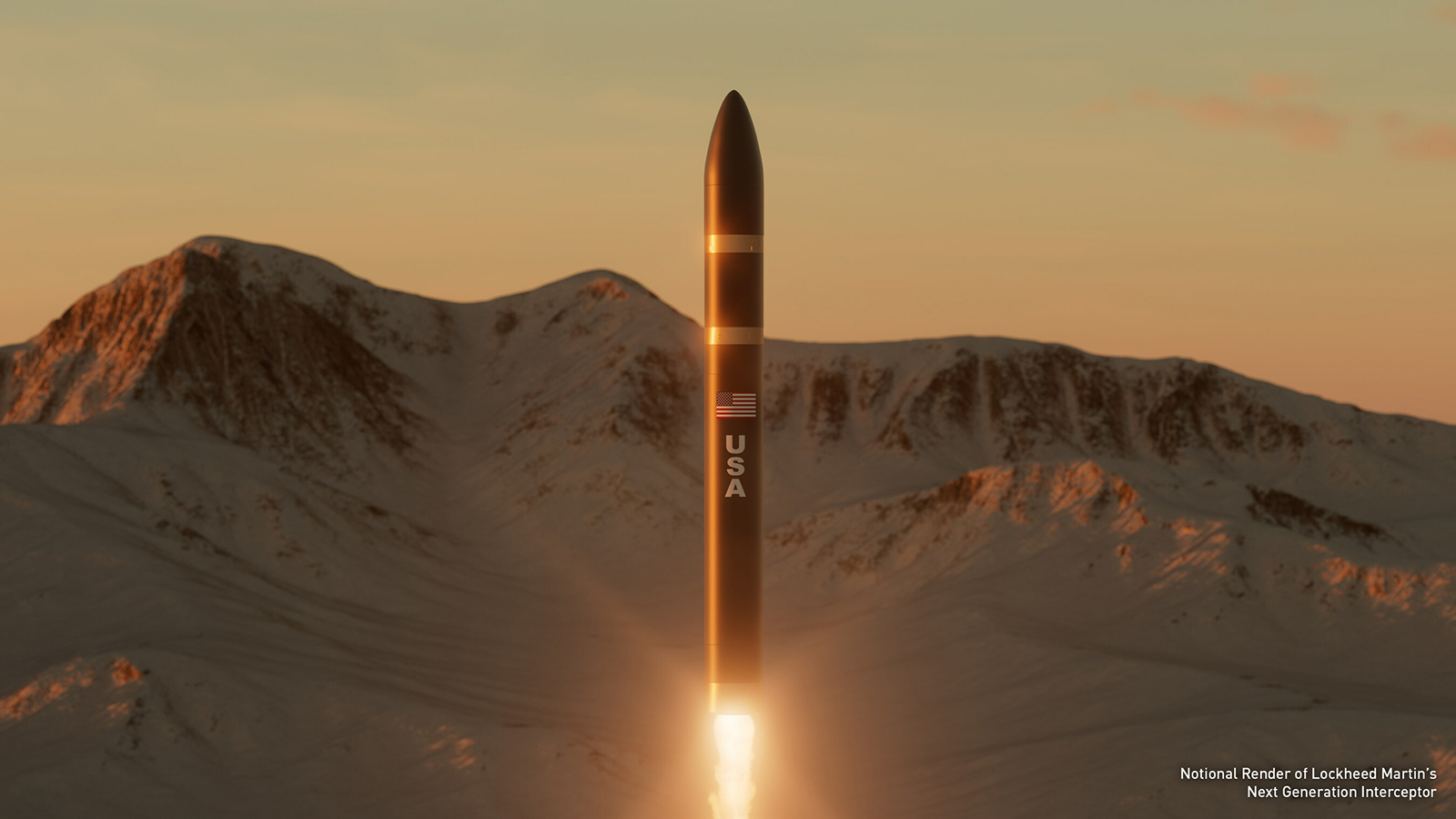Stay Up to Date
Submit your email address to receive the latest industry and Aerospace America news.
As of October, the U.S. has provided approximately $64.1 billion worth of weapons and equipment to Ukraine since Russia invaded in February 2022. Its expenditure has driven a need to replenish the U.S. inventory of missile systems, so in August, the U.S. Army awarded a $1.3 billion contract to Lockheed Martin and Raytheon to produce additional Javelin missiles.
In addition, development of hypersonic and counter-hypersonic weapons continued, alongside more low-cost technologies for counter drone missions. This demand for increased, expedited development and production, often with reduced budget, has begun reshaping the domestic missile defense industrial base. In July, Raytheon’s parent organization, RTX, signed a contract with Avio of Italy to develop solid rocket motors, or SRMs, to bolster the U.S. defense industrial base and that of its allies. In August, Lockheed Martin and General Dynamics announced their strategic teaming agreement for the production of SRMs to bring increased resiliency to the domestic supply chain.
These revised acquisition approaches may allow Raytheon and Lockheed Martin to stay competitive with the other primary SRM suppliers: Northrop Grumman, which established in-house motor production via its acquisition of Orbital ATK in 2018, and L3Harris, which last year completed its acquisition of Aerojet Rocketdyne.
Outside of these large contractors, the U.S. Navy in April and June awarded contracts to startups Xbow, Ursa Major and Anduril Industries to develop solid rocket motors for the Standard Missile franchise, indicating these emergent suppliers can compete with incumbent defense industry contractors. Ursa Major and Anduril have only just entered the SRM industry, with Ursa Major announcing plans to develop and produce SRMs last year, and Anduril adding SRM technology to its portfolio last year with its purchase of Adranos, a Purdue University-affiliated startup.
Beyond the SRM market, California startup Castelion in March tested a prototype of its hypersonic missile. Also that month, Stratolaunch of California conducted the first powered flight of one of its reusable Talon-A vehicles, demonstrating the expansion of U.S. hypersonic testing services. In August, Lockheed Martin selected Voyager Space to provide the propulsion for the Next Generation Interceptor it is building for the Missile Defense Agency. Voyager in 2021 acquired Valley Tech Systems, a California startup developing solid propulsion for hypersonic vehicles. Lockheed Martin’s selection demonstrated that these atypical companies can grow beyond initial research and development and into substantive product development.
While the lasting impacts of emerging small companies alongside the conventional prime contractors is still to be determined, it appears that the U.S. industrial base is attempting to meet the challenge of increased demand. Such a diverse supply base could provide myriad defense solutions to answer future challenges to the U.S. and its allies.
Stay Up to Date
Submit your email address to receive the latest industry and Aerospace America news.




